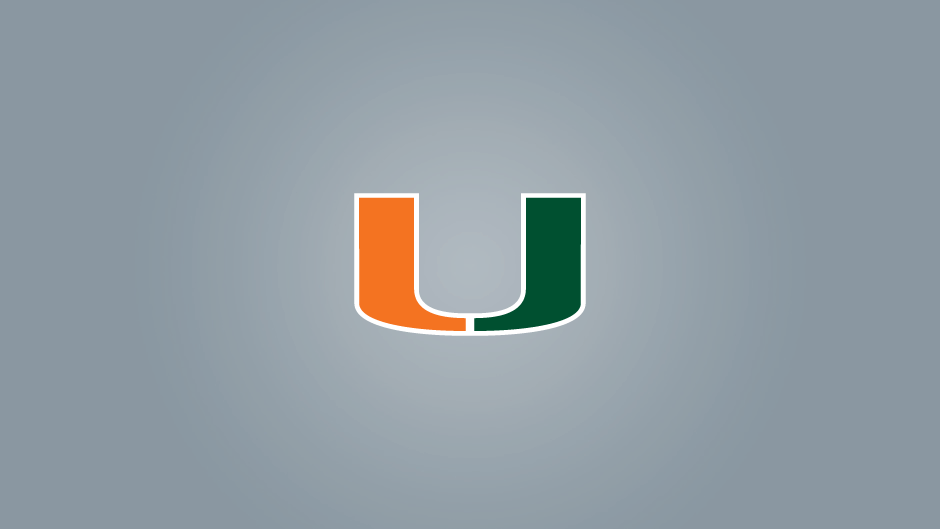University of Miami School of Law Professor Stanley Langbein sees a path that would deny both major parties the presidency .
 Langbein teaches courses in banking law and regulations, secured transactions, negotiable instruments, Federal income taxation, and international taxation. He was an attorney/adviser in the Office of International Tax Counsel of the Treasury Department. He is the author of "Federal Income Taxation of Bank and Financial Institutions" and is currently working on a new treatise, "Federal Regulation of Banking Organizations," to be published by Civic Research Institute/Delta Hedge in 2017.
Langbein teaches courses in banking law and regulations, secured transactions, negotiable instruments, Federal income taxation, and international taxation. He was an attorney/adviser in the Office of International Tax Counsel of the Treasury Department. He is the author of "Federal Income Taxation of Bank and Financial Institutions" and is currently working on a new treatise, "Federal Regulation of Banking Organizations," to be published by Civic Research Institute/Delta Hedge in 2017.
What is the state of the elections? Are there other viable choices than A or B or is there an electoral option?
Think we're doomed to one of two bad choices for the next four years? Maybe not. Ready for a McMullin-Kaine administration? Here's the scenario:
Suppose Republican nominee Donald J. Trump wins all the states won by Mitt Romney in 2012 (206 electoral votes), and also Florida (29), Ohio (18), Nevada and Iowa (6 each), New Hampshire (4), and the one vote from the Maine’s 2d District. That is 270, which means he wins. He might also get Maine's two at-large votes, so he'd have 272, but it doesn't make any difference.
Hillary Clinton wins all the remaining states, so she has 266 or 268.
So that sews it up?
Wait a minute.
A recent Utah poll puts that state at 26% each for Trump and the Democratic nominee Hillary Clinton, 22% for the Mormon "fifth party" candidate, Evan McMullin, 14% for Gary Johnson, the rest undecided or for Jill Stein. So McMullin, a former CIA operative who used to be chief policy director for the House Republican Conference, is within striking distance of winning the state. Suppose he does.
This reduces Trump's total (on the assumptions above) to 264 or 266. Now nobody has a majority.
So where does the election go?
To the House of Representatives, which votes on a one-state, one-vote basis. Now, even were the Democrats to win a majority in the House, it is almost certain that a majority of states would have Republican-majority delegations. Republicans dominate the small Rocky Mountain and Great Plains states that have only one or two congressmen; there are only 18 true-blue states; and even many of those 18, in the Rust Belt have Republican-majority delegations so lopsided that they are not likely to be reversed even in a Democratic "wave" that retakes the House (Michigan, Pennsylvania, Wisconsin).
So in the House, the Republicans would clearly have the votes to block a Clinton election.
For whom would the Republicans vote?
Maybe Trump should have been a little more accommodating with Paul Ryan. Remember it is the top three in the Electoral College who may be voted for in the House -- and McMullin, with his six Utah votes, is the third place finisher. The GOP House might split, with the Freedom Caucus supporting Trump, while the moderate majorities in the Rust Belt states, including Iowa and Indiana, might well decide they loathe Trump enough to vote for McMullin.
This could leave no one with a majority on the early ballots. Eventually, the Freedom Caucus might cave, figuring they at least would have avoided a Clinton presidency. Alternatively, the Democrats, realizing they could not get Clinton through, might decide to join the McMullin states in order to keep them from collapsing and going to Trump.
Meanwhile, assuming in this mess that the Democrats gained control of the Senate, Kaine would be elected Vice President on a party line vote irrespective of who was elected by the House. Hence a McMullin-Kaine Administration, on a low budget. If McMullin pulls this off, you gotta give him credit -- low budget, low media coverage, small public name recognition and all.
That's what can happen when you're in a position to pick up the pieces from what most anyone would call a train wreck.
CONTACT: Catharine Skipp at 305-773-5801 or cskipp@law.miami.edu

